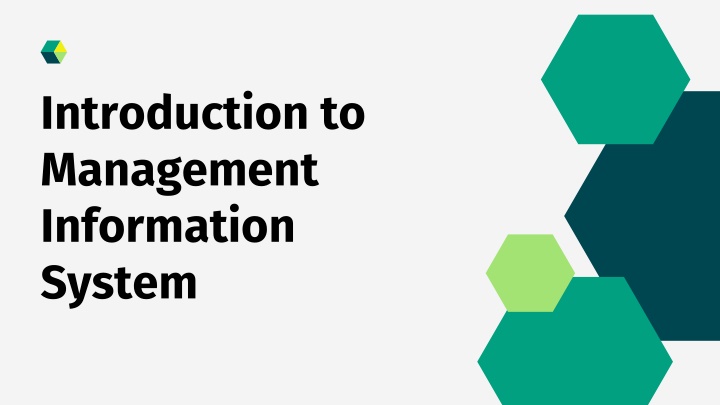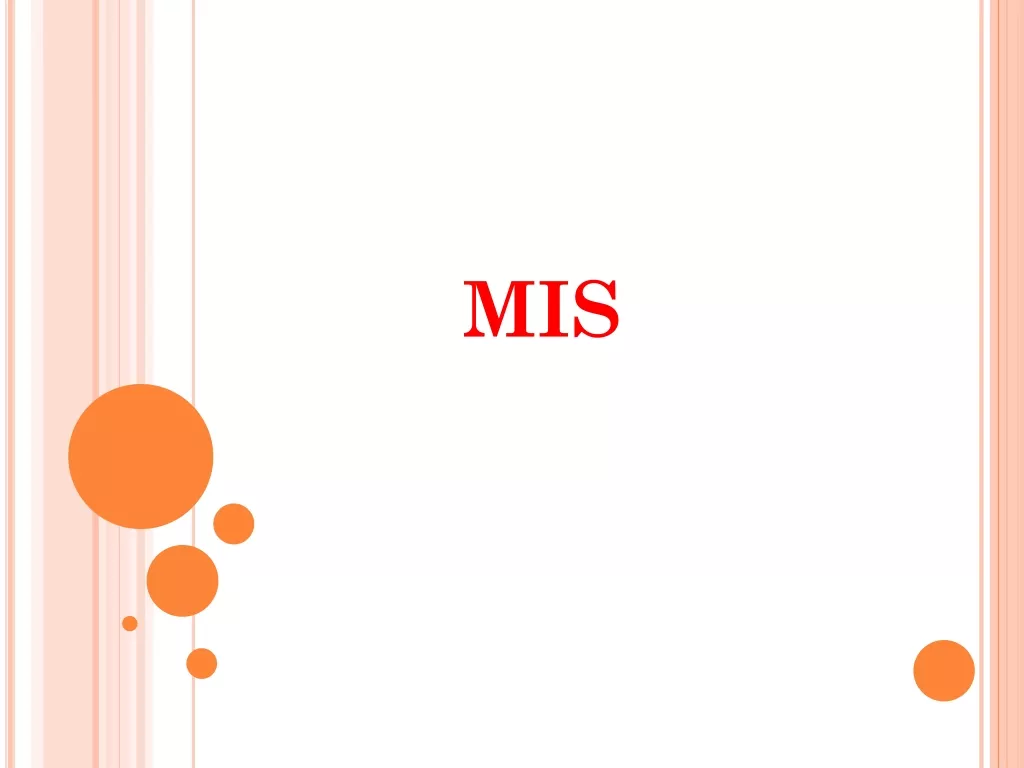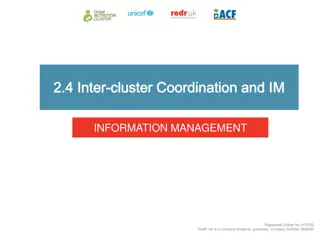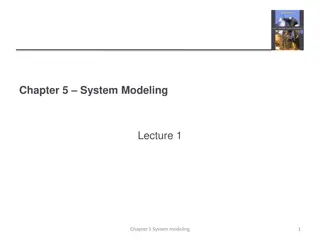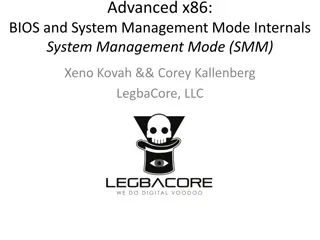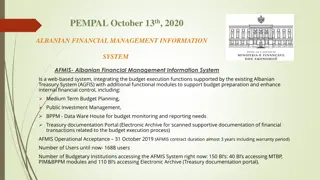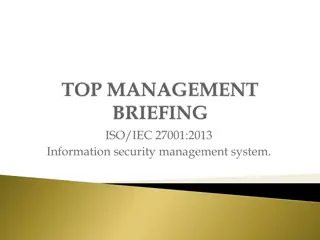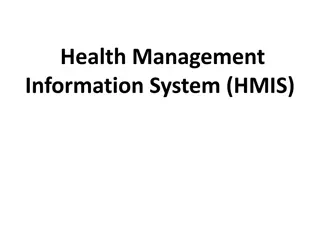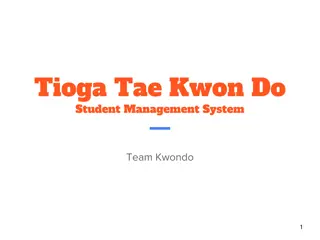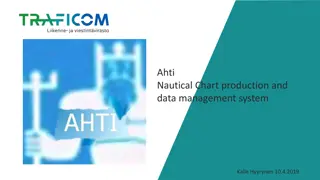Introduction to Management Information System
A Management Information System (MIS) is a computerized system that gathers, organizes, and analyzes information for decision-making and control within organizations. MIS is essential for effective operations management and informed decision-making based on insights and data. Explore the purpose, components, functions, and types of MIS in this comprehensive overview.
Download Presentation

Please find below an Image/Link to download the presentation.
The content on the website is provided AS IS for your information and personal use only. It may not be sold, licensed, or shared on other websites without obtaining consent from the author.If you encounter any issues during the download, it is possible that the publisher has removed the file from their server.
You are allowed to download the files provided on this website for personal or commercial use, subject to the condition that they are used lawfully. All files are the property of their respective owners.
The content on the website is provided AS IS for your information and personal use only. It may not be sold, licensed, or shared on other websites without obtaining consent from the author.
E N D
Presentation Transcript
Introduction to Management Information System
Management Information System A Management Information System (MIS) is a computerized system that gathers, organizes, analyzes, and disseminates information for decision-making and control within an organization. MIS is an essential tool for businesses to manage their operations effectively and make informed decisions based on data and insights.
Purpose The primary purpose of an MIS is to provide managers and decision-makers with timely, accurate, and relevant information to facilitate planning, organizing, directing, and controlling organizational activities.
Components A typical MIS consists of several components: Hardware: Computers, servers, networking devices, and other physical components. Software: Applications, databases, and programs designed to collect, process, and analyze data. Data: Raw facts and figures collected from various sources within the organization and external environments. Procedures: Standard operating procedures, rules, and protocols for data entry, processing, storage, and retrieval. People: Users, managers, analysts, and IT professionals responsible for using and maintaining the MIS.
Functions The key functions of an MIS include: Data Collection: Gathering data from internal and external sources, such as transactions, operations, market trends, and competitor analysis. Data Processing: Converting raw data into meaningful information through sorting, categorizing, summarizing, and calculating. Data Storage: Storing information in databases, files, or other storage systems for easy access and retrieval. Information Analysis: Analyzing data to identify patterns, trends, relationships, and insights that can inform decision-making. Information Dissemination: Presenting information in the form of reports, dashboards, charts, graphs, and other formats to stakeholders across the organization.
Types of MIS MIS can be classified into various types based on their scope, functionality, and target users. Transaction Processing Systems (TPS): Handle day-to-day transactional data, such as sales, purchases, and inventory movements. Decision Support Systems (DSS): Assist managers in making non-routine decisions by providing analytical tools, models, and simulations. Executive Information Systems (EIS): Provide top-level executives with summarized information and key performance indicators (KPIs) to support strategic decision- making. Enterprise Resource Planning (ERP): Integrated systems that automate and streamline business processes across various functions, such as finance, human resources, and supply chain management.
Benefits: MIS can be classified into various types based on their scope, functionality, and target users. Improved decision-making through access to timely and accurate information. Enhanced operational efficiency and productivity by streamlining processes and reducing manual efforts. Better coordination and communication across departments and levels of the organization. Increased competitiveness by enabling quicker response to market changes and customer demands. Greater accountability and transparency in organizational activities.
In summary, Management Information Systems play a crucial role in helping organizations manage their resources, monitor performance, and adapt to dynamic business environments effectively. As technology continues to evolve, MIS will remain a vital tool for organizations seeking to gain a competitive edge and achieve their strategic objectives.
